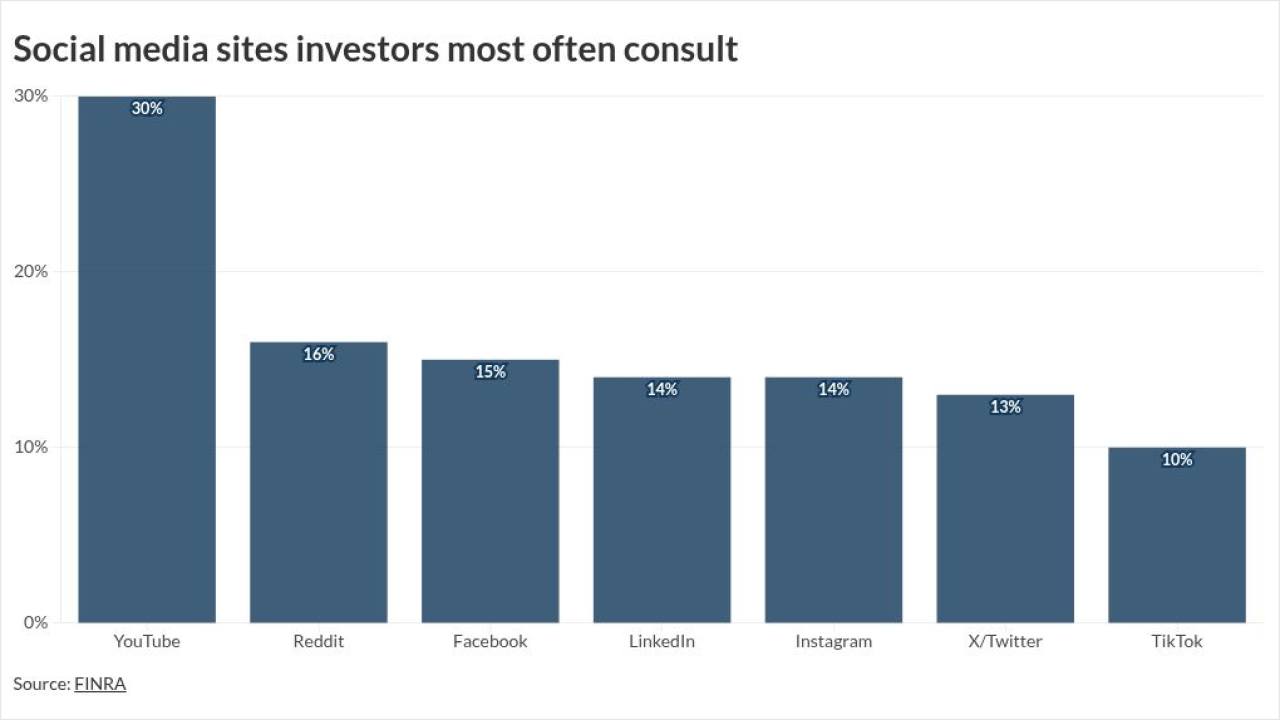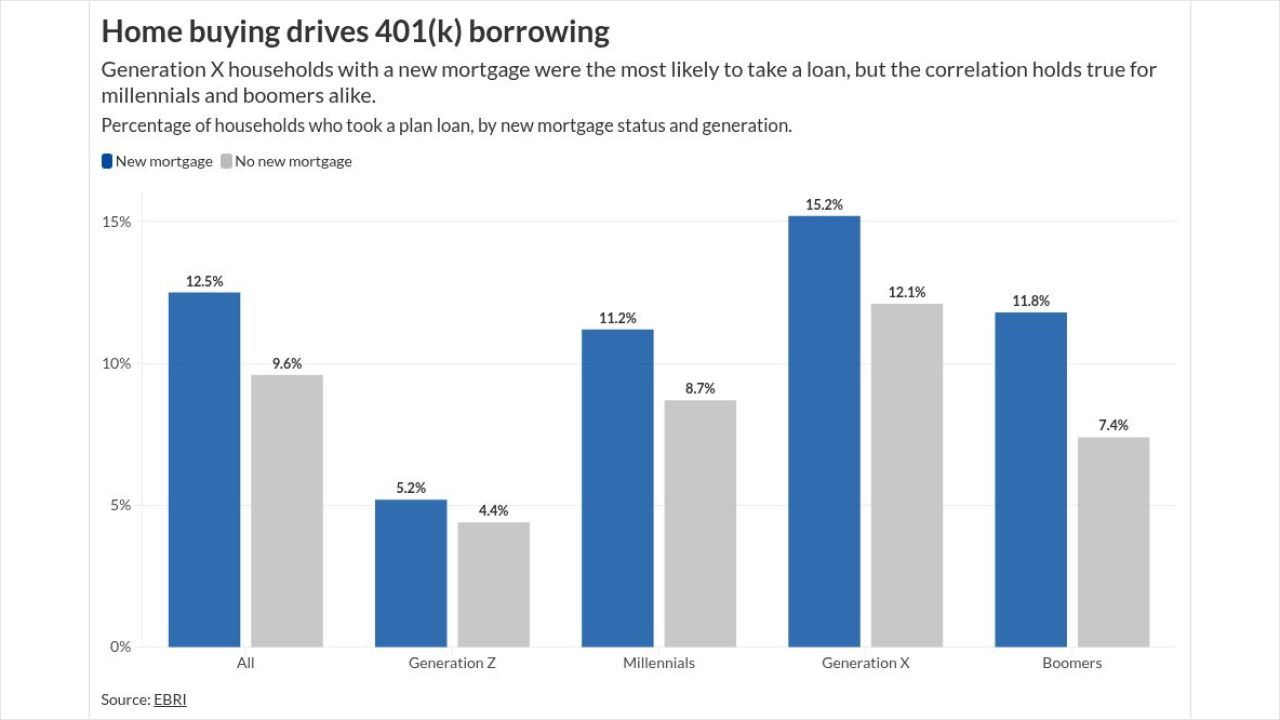Fixed and variable annuity sales fell on opposite sides of the $100 billion mark in 2017, with fixed purchases at unprecedented highs and variable contracts near a 20-year low.
Total sales for the year fell 8% to $203.5 billion as the fiduciary rule cut into purchases of IRA annuities,

Issuers
The Department of Labor rule has increased scrutiny of the products’ commissions and other fees. Its
Quarterly annuity sales ticked down by $200 million year-over-year to $51 billion in the fourth quarter, with variable products diminishing in popularity and fixed contracts growing. Revenue from variable products decreased 2% to $24.7 billion, while fixed product revenue increased 2% to $26.1 billion.
-
Wholesalers have taken a new tack for a group leery of sales calls, regulation and litigation.
November 20 -
Variable products suffered their worst quarter in two decades, while fixed contracts also declined.
November 29 -
Despite a sales dropoff, experts forecast growth from product innovation and latent demand.
October 10
See which firms took in the most revenue last year amid an industry-wide slump.
Variable sales declined by 9% to $95.6 for the year, shrinking below $100 billion for the first time in almost 20 years. Fixed contracts decreased by 8% to $107.9 billion last year, but the industry research organization says it was the first time ever that fixed sales topped $100 billion for three years in a row.
Although LIMRA had predicted a sales slump in 2017, the organization
“Structured annuity sales continue to attract individuals looking for a balance between investment return and downside protection,” Todd Giesing, LIMRA’s director of annuity research, said in a statement. “Structured annuity sales saw impressive growth through independent BDs in 2017.”
Structured products now make up about 5% of overall annuity sales, compared to 28% for fixed index annuities and 17% for fixed-rate deferred annuities. Both types of fixed products saw drop-offs in 2017, with FIAs slipping by 5% to $57.6 billion in their first decline in sales since 2009.
The reduction did line up with the lower end of the 5% to 10% rate forecasted by LIMRA last year amid the overall contraction across all products, though. FIA sales set a record in 2016, and the organization expects them to rise by 5% to 10% in 2018.
Flux in interest rates disrupted purchases of the fixed-rate deferred contracts, which fell by 12% last year to $34.2 billion, according to Giesing. Sales of the products, which include both book value and market value-adjusted annuities, decreased 4% in the fourth quarter to $7.4 billion.
“Sales of these products generally align with the 10-year Treasury rate, yet that didn’t occur again this quarter,” Giesing said. “People just seem to be looking for shorter-term investments anticipating increases in interest rates in 2018.”






